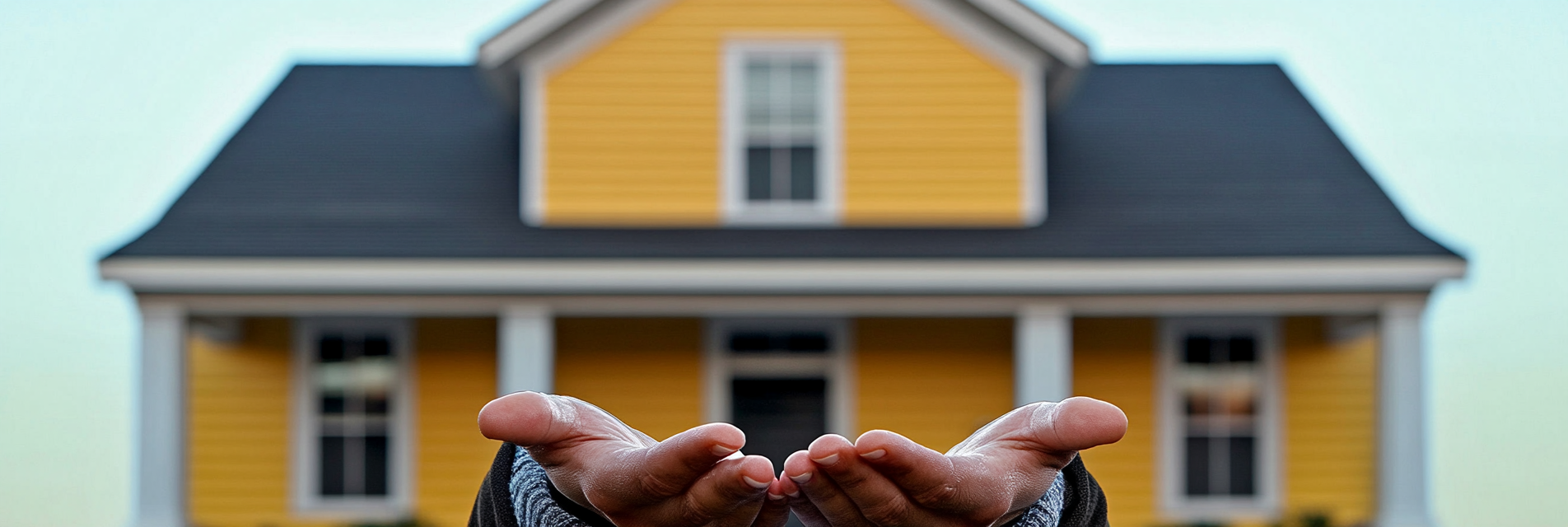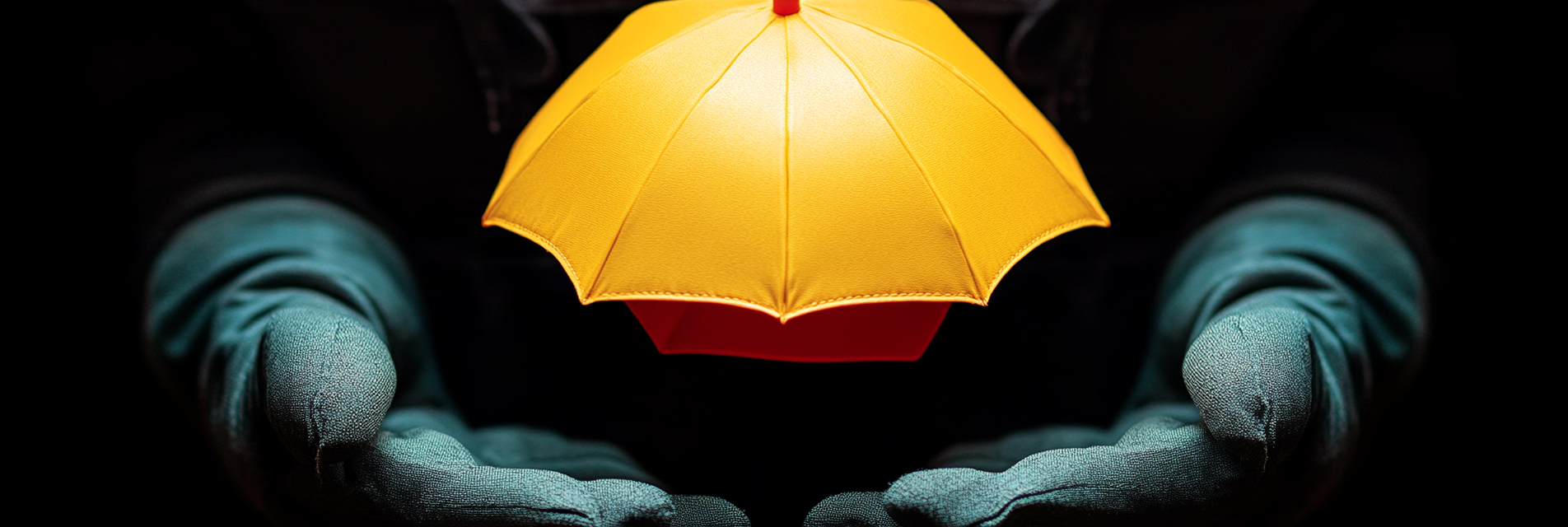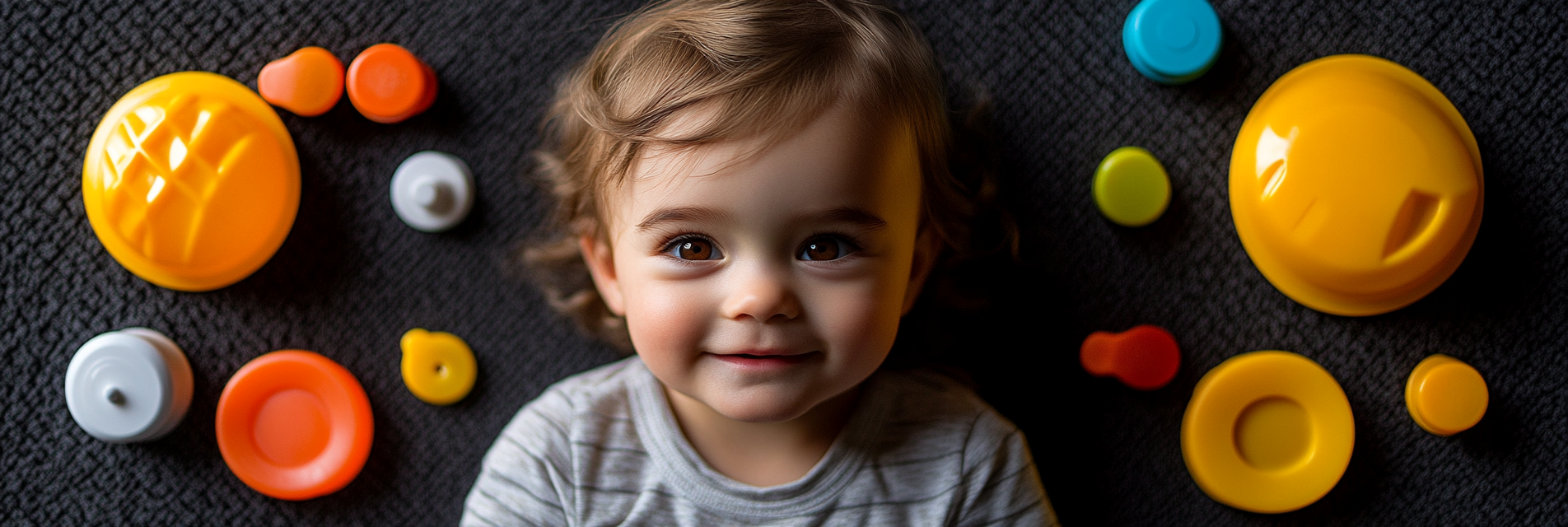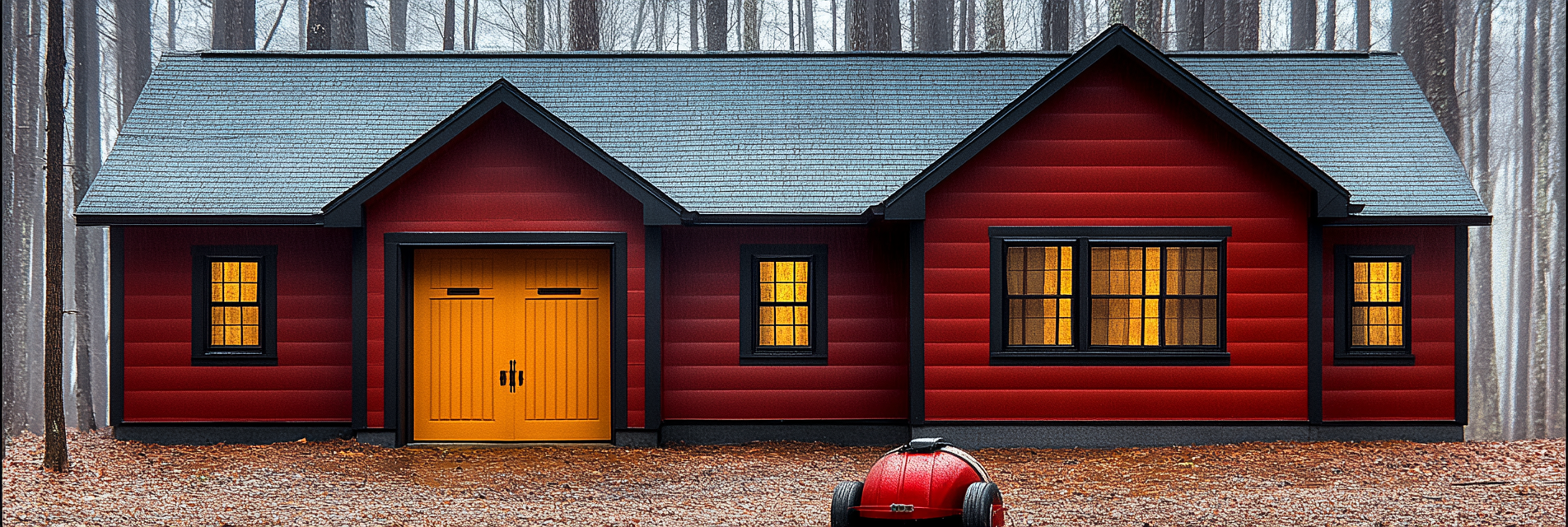Conducting regular emergency drills and practice scenarios at home helps ensure that everyone in your Tri-Cities household knows what to do during various emergency situations. Practicing these drills can improve your family’s response time, reduce panic, and help everyone feel confident if an unexpected event were to occur. We put together this post to outline the best practices for conducting effective emergency drills at your Kennewick, Richland, or Pasco home.
1. Identify Emergency Scenarios
Determine which emergency situations are most relevant in your region.
Assess Common Risks: Consider scenarios such as fire, severe weather, medical emergencies, or earthquakes. Prioritize the drills that are most applicable to your local area.
Plan for Multiple Situations: Develop unique drills for different emergencies. Your flood or storm surge drill may look different than your earthquake drill.
2. Schedule Regular Practice Drills
Consistency in practice helps reinforce procedures and muscle memory.
Set a Routine: Plan to conduct emergency drills at least twice a year for each type of scenario you indentify. We recommend practicing your fire drill more often – as that is the most common emergency event in homes today.
Vary the Timing: Practice drills at different times of day, including at night. You can’t assume emergencies only happen in the middle of the day when everyone is awake and ready to go.
3. Assign Roles and Responsibilities
Assigning specific tasks ensures that everyone knows their role during an emergency.
Delegate Duties: Designate roles such as who will call emergency services, who will grab the go-bag, and who will help young children or pets.
Rehearse Roles: Practice these roles during drills so that everyone is comfortable executing their responsibilities. Make it fun for kids – they will most likely retain it longer.
4. Practice Your Evacuation Routes
Knowing how to evacuate your home safely is a key part of all emergency drills.
Map Out Routes: Identify at least two escape routes from each room and practice using them during drills.
Use Emergency Exits: Ensure that everyone knows how to unlock and open all windows and doors, even in the dark.
5. Simulate Realistic Conditions
Creating a realistic environment helps prepare your household for the unexpected – but don’t go overboard.
Dim the Lights: Practice your evacuation plan in low-light to simulate a power outage.
Create Noise: Use a loud alarm or play recorded storm sounds to mimic a real emergency.
Add Obstacles: Place safe obstacles in hallways and doorways like potential debris that may exist.
6. Discuss Communication Plans
Ensure everyone knows how to stay in touch during an emergency.
Review Emergency Contacts: Make sure each family member knows how to get a hold of emergency contacts, including out-of-town family.
Practice Check-Ins: Simulate a situation where your family must check in with each other after evacuating to confirm that they are safe.
7. Include First Aid Practice
Knowing basic first aid is important for managing minor injuries during emergencies.
Demonstrate Procedures: Teach household members basic first aid practices such as treating cuts, applying pressure to stop bleeding, and stabilizing sprains.
Use First Aid Kits: Ensure everyone knows where a first aid kit is located and how to use it.
8. Plan for Pets and Special Needs
Adapt your specific family’s drills to include pets and people with special needs.
Pet Safety: Practice putting pets in carriers or using leashes quickly.
Assistive Equipment: Make sure that any mobility aids and other necessary equipment are easily reached and be sure to practice with them during your drills.
9. Review and Improve
After each drill, take time to evaluate and make improvements.
Gather Feedback: Ask everyone about what they think went well and what could be improved.
Update the Plan: Revise your emergency plan as your kids get older and new pets or aging relatives are also included as your household changes.
Conclusion
Practicing emergency drills and scenarios at home greatly enhances your family’s readiness for real-life emergencies. By regularly rehearsing evacuation routes, assigning roles, and simulating somewhat realistic conditions, you can build confidence and make sure you and your family are ready for emergencies. Dryer Fire Fighters encourages all households to incorporate emergency drills into their safety routines for better preparation and peace of mind that no matter what, your family will be ready and safe!
Serving the communities of:
Kennewick | Pasco | Richland | West Richland | Finley | Burbank | Benton City | Prosser | Grandview | Connell
As the sole certified dryer exhaust technician recognized by CSIA.org in the Tri-Cities area, Paul brings a wealth of expertise to fire prevention. His primary focus lies in addressing the root cause of many residential fires: lint buildup in dryer cavities and vents. Through rigorous inspections and thorough cleanings, Paul ensures that families and businesses can enjoy peace of mind, knowing their properties are safeguarded against fire risks.









































